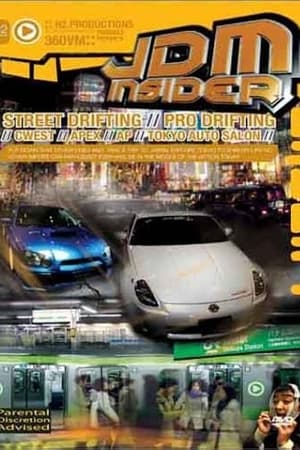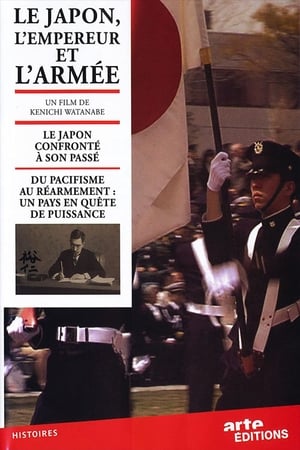Kintaro Walks Japan
Top 3 Billed Cast
Himself
Herself
Himself
Similar Movies
 0.0
0.0Salir de casa(es)
After almost thirty years of his career, the musician Fran Nixon joins film director David Trueba for a travel around Spain in which they'll talk about it and meet some friends.
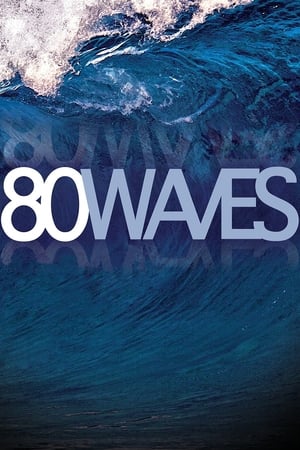 10.0
10.080 Waves(en)
Filmed in glorious HD over 5 years and in 10 locations, 80 WAVES is a collection of huge waves and big name riders from across the globe. Amongst the culture, wildlife and beautiful scenery of exotic surf spots like Fiji, Hawaii, and Bali.
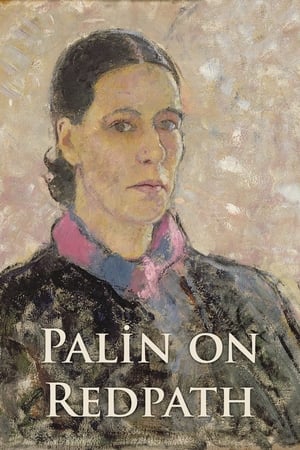 0.0
0.0Palin on Redpath(en)
Michael Palin travels to France in search of the Mediterranean view on his wall, captured by his favourite artist, Scottish painter Anne Redpath. He travels from a London bank, via a chateau in Cap Ferrat and a monastery in Edinburgh.
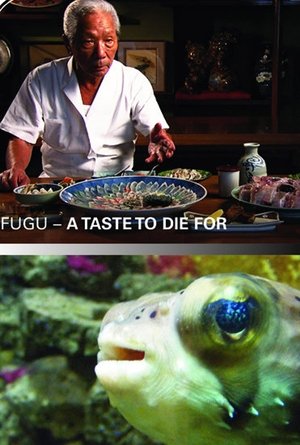 9.0
9.0Fugu - A Taste to Die For(de)
It's the most dangerous delicacy in the world. Despite incidents of poisoning year after year, the popularity of this exotic dish in Japan remains unbroken. The Japanese blowfish fugu contains one of the deadliest poisons known to man, 1250 times more potent than cyanide. If the cook isn't skilled in the use of a filet knife, the gourmet meal could become a death sentence for the restaurant guest.
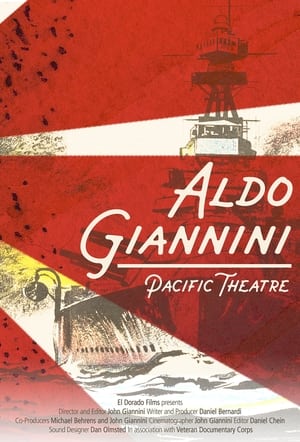 0.0
0.0Aldo Giannini: Pacific Theatre(en)
Like many other young men of his generation, after Pearl Harbor was attacked, Aldo Giannini joined the Marines with little idea of what lay ahead. After training, he was quickly deployed overseas and fought in the bloody Battle of Tarawa, surviving with a shrapnel injury and the haunting memory of witnessing the loss of 3,250 U.S. lives. He went on to fight in other battles and returned home after 3 intense years of service. Nearly eight decades later, he still questions if winning the island was worth the price.
 8.0
8.0Un samouraï au Vatican(fr)
Why do 600 inhabitants of the small southern Spanish town of Coria del Río bear the surname "Japón"? It is the legacy of an unusual expedition that took place 400 years ago: In October 1613, the samurai Hasekura Tsunenaga boarded the galleon "San Juan Bautista" on behalf of the ruler Date Masamune in Sendai, Japan. In addition to merchants, warriors and Spanish sailors, the Spanish Franciscan monk Luis Sotelo, who spoke fluent Japanese, also embarked. The legation wanted to obtain permission from the Spanish King Philip III and Pope Paul V to open a new sea route to India alongside the spice route; in return, Christian missionaries were to be sent to Japan. When he set off, Hasekura Tsunenaga had no idea that the journey would take seven years. Who was this Japanese samurai? What is known about his motives and what is known about the actual background to the expedition?
 0.0
0.0Empire of Mirrors(de)
Bianca Charamsa made her way to Japan during this year's cherry blossom season to get to grips with the country's character through conversations with some of its artists. Although two violent atomic catastrophes - the bombing of Hiroshima and the Fukushima nuclear disaster - have shaken and shaped modern-day Japan, the artist Takahiro Iwasaki believes that memory of 6th and 9th August 1945 is slowly fading, despite all the folded cranes left by visitors to the memorial sites. Natural catastrophes like sea- and earthquakes also rock Japan time and time again; perhaps this explains why the Japanese aesthetic Wabi Sabi incorporates both beauty and decay...much like the beauty of the cherry blossom as it withers during the annual festival of Hanami
 0.0
0.0Encyclopedia of a Drifter(ja)
Nagaremono zukan is a documentary video, release from V&R Planning (AV). "Flower Picture Book" is the second work in the bicycle trilogy after Yumika. A very private sexual movie with Tomoko Matsunashi, right after Hirano broke up with Yumika. The violence of the camera is clearly increasing. If Yumika was the light, Nagaremono zukan is the shadow. There are two version of Nagaremono zukan, the censored one and the original hardcore one, with additional scenes, better quality and longer runtime.
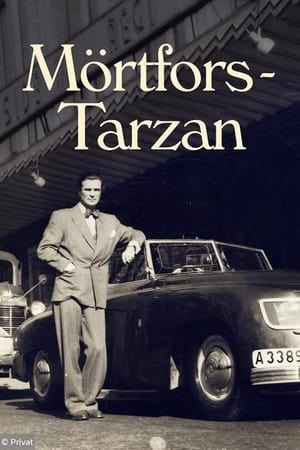 8.0
8.0Mörtfors-Tarzan(sv)
Dark as ebony and agile as a panther was Tom Alandh's father. Many said that the darkness and wildness of him made him look like Tarzan, even though he only came from Åmål.
 7.5
7.5Citizen Kitano(fr)
Takeshi Kitano is an international icon. We know the actor, the multi-award-winning filmmaker, but many ignore his double personality: the crazy TV star, the street kid from Tokyo close to the Yakuza, and the political satirist who blasted taboos! Can we dream of a better guide to introduce us to the cultural history of Japan?
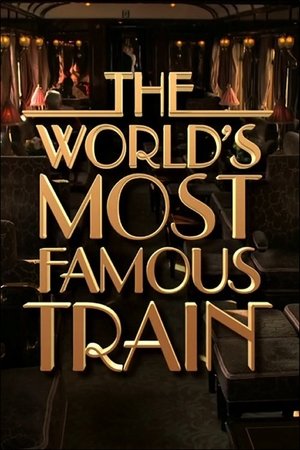 0.0
0.0The World's Most Famous Train(en)
During its nine-month-long season, the Venice Simplon-Orient-Express makes over 60 journeys, covering 150,000 kilometres, with the majority of trips between London and Venice. The train is comprised of 17 unique 1920s carriages that have transported a host of elite individuals across Italy, Switzerland, and Turkey for more than a century. This documentary follows the stories of the staff and passengers as the train makes its way across Europe, with some customers having paid more than £2,000 for the privilege.
Japanese Sword Fencing(fr)
The earliest surviving Japanese film showing the martial art of kendo.
 5.0
5.0Forging Condors(lv)
Latvian artist Miķelis Fišers, one of the brightest artists of his generation, leaves everything to go to Latin America to find inspiration for his creative work and disappears. His friend, film director Mārtiņš Grauds decides to search for him. The film reveals a moment of artistic creation. The filming crew has been looking for the artist in Peru, Mexico, Bolivia, Finland, Italy and Latvia.
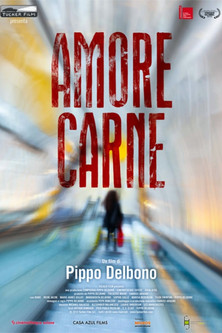 6.5
6.5Love Flesh(it)
During the course of a series of voyages, the pocket cameras of Pippo Delbono capture unique moments, ordinary and extraordinary meetings. From a hotel room in Paris to another in Budapest, from Istanbul to Bucharest, the journeys weave a fabric of the contemporary world. Its testimonials – some famous, others anonymous – say or dance their vision of the universe.
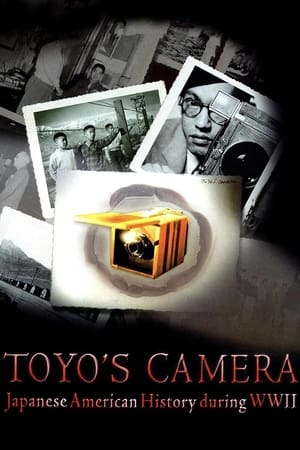 0.0
0.0Toyo's Camera(en)
Even though bringing in cameras to the internment camps was prohibited, one man managed to smuggle in his own camera lens and build a camera to document life behind barbed wires, with the help of other craftsmen in the camp. That man was Toyo Miyatake, a successful issei (first generation immigrant) photographer and owner of a photo-shop in the Los Angeles Little Tokyo district, and of one of the many Americans who was interned with his family against his will. With his makeshift camera, Miyatake captured the dire conditions of life in the camps during World War II as well as the resilient spirit of his companions, many of whom were American citizens who went on to fight for their country overseas. Miyatake said, "It is my duty to record the facts, as a photographer, so that this kind of thing should never happen again."
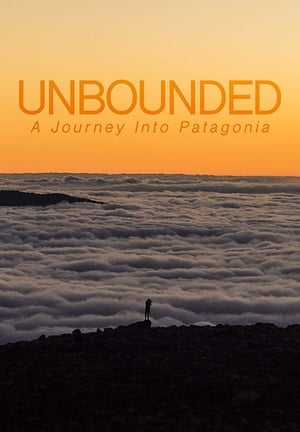 8.0
8.0Unbounded(en)
Unaided and inexperienced, a crew of four venture through the most rural and inaccessible natural areas of Chile.


